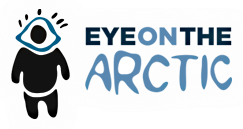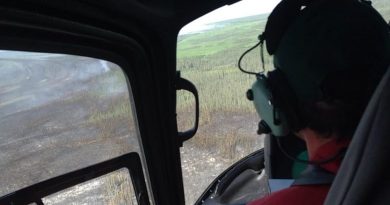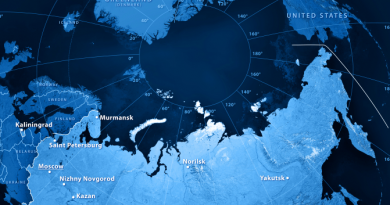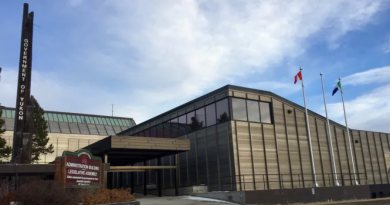N.W.T. gov’t slow to act on school lead situation, independent investigation finds
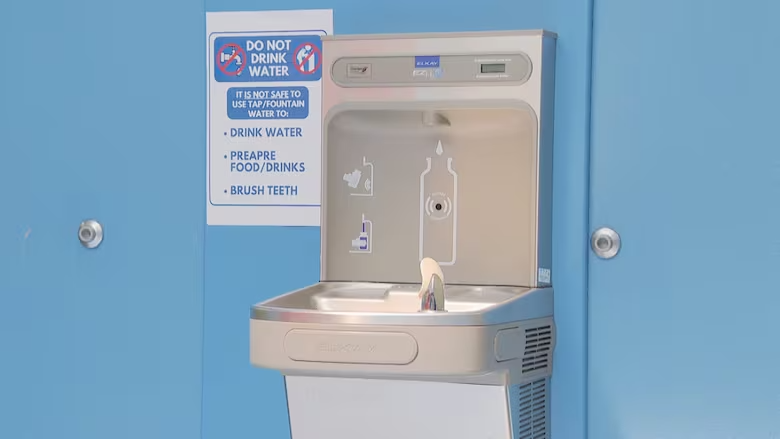
Investigator says departments failed to understand health implications of lead in drinking water
The N.W.T. government was slow to act when it detected lead in school drinking water because two of its departments failed to understand the health implications of the situation, an independent investigation has found.
“It is fair to say that everyone involved in the [testing] initiative held an honest belief that the situation was ‘under control’ — until it became apparent that it wasn’t,” reads the report, released publicly Monday afternoon during a territorial news conference. A pair of water quality assessment reports by the firm Stantec Consulting Ltd. were also released.
Students, staff and parents at École William McDonald Middle School and Range Lake North School in Yellowknife found out on May 27 that there had been elevated levels of lead found in the drinking water at a single water fountain in each school.
About a month later, the public school board in Yellowknife said further testing confirmed high levels of lead at both schools, though at William McDonald the tests yielded more results that were high, and with higher lead concentrations. The N.W.T. government said further investigation would be needed to understand why the levels at William McDonald were high, while precautionary flushing could be used to deal with the situation at Range Lake.
During a media briefing Monday afternoon, Jamie Fulford, the deputy minister for the Department of Education, Culture and Employment, said the organizations involved in the testing and response have been focused on strengthening their communication, collaboration and planning.
“The past few weeks have been challenging,” he said. “We are committed to getting this right, for our students, our educators and the communities we serve.”
In a statement Monday afternoon, Education Minister Caitlin Cleveland said the investigation confirmed “warning signs were missed, key test results weren’t escalated quickly enough and communication between departments and with the public was inconsistent.”
“These are serious systemic failures that affected both safety and trust. That is not acceptable. I take full responsibility for ensuring we fix it,” she wrote.
She said changes are underway for how the territory does things. That includes developing a territory-wide testing program for water in schools, with public reporting.
Cathy Maniego, deputy minister of Infrastructure, said during Monday’s briefing that her department will also be looking at remediation options at William McDonald once the government identifies the source of the lead.
“It’ll either be, in the extreme, a complete replacement of the plumbing and fixtures — or, hopefully, something less than that, which could be a partial replacement or could be a point-of-use filter,” she said.
Cayley Thomas, an alternative dispute resolution lawyer with the firm Thomas ADR who authored the report, said concerns about a delay in when those test results were received and then communicated, as well as communication between the education department and the office of the chief public health officer, ultimately led to her investigation.
Her report provides a timeline for what happened leading up to May 27, identifies procedural gaps and makes recommendations. She said she was specifically asked not to blame any person for what happened.
Timeline of events
The timeline of events ultimately begins when lead was detected in the drinking water at schools in the Yukon. After that, the Department of Education, Culture and Employment (ECE) received approval to do a single sample test at N.W.T. schools that would be based on a 2018 testing program that hadn’t gone ahead.
One of Thomas’s findings was that there was a lack of a written project plan for this testing.
The Department of Infrastructure (INF) distributed water sample kits in early December 2024. In mid-December, the Office of the Chief Public Health Officer (OCPHO) asked about ECE’s testing plan and to be kept in the loop — specifically if any test results were higher than Canada’s maximum allowable concentration of .005mg/L of lead in drinking water.
INF received test results in mid-January that showed high levels of lead in three Yellowknife public schools — William McDonald, Range Lake, and N.J. Macpherson’s annex. The department shared the results with ECE, and decided to wait until they had all test results before doing more tests in those three schools.
Results of re-tests returned on March 20 showed that drinking water at William McDonald and Range Lake were still higher than the maximum limit. “Neither the results received in January, nor the results received on March 20, 2025, were reported to [the] OCPHO as they had requested,” Thomas found. They also were not flagged to management within ECE or INF.
OCPHO staff got the test results in April — including the three re-tests — and at the end of the month told ECE they recommended further investigation as soon as possible at William McDonald and Range Lake. They also shared an eight-page document containing Health Canada’s recommended water sampling procedure.
On May 12, an unnamed person or persons within ECE received a briefing on the issue, which led to a meeting between all parties — ECE, INF, the OCPHO and Yellowknife District Education Authority No. 1 (YK1) — on May 21. During that meeting, a decision was made to urgently re-test both schools using a different lab.
Between May 21 and 22, Thomas found there had been a communication crisis between ECE and the OCPHO. ECE “felt ‘overloaded’ by information provided by the OCPHO and a lack of what they felt was clear direction regarding next steps.” Meanwhile, “the OCPHO felt they had provided plain language, audience-specific, information … and believed ECE was either ignoring the information, or choosing not to follow their advice.”
The recommendations
Thomas found that a lack of a written plan for testing was the major procedural issue in the situation. Her first recommendation was that ECE develop a co-ordinated approach for testing drinking water in all N.W.T. schools every year.
She also found there were a number of delays in communicating and taking steps to address the high lead results at the public schools: it took more than a month for YK1 to find out that more testing was required at three schools, and more than three months for the issues to be flagged to ECE management and the OCPHO.
The root cause of that, said Thomas, was “failure, at multiple levels, to adequately understand the health implications of lead in school drinking water.”
ECE and INF did not have “the technical knowledge or experience to interpret, recognize the implications, or act when the results were received.”
She recommended the OCPHO make an education presentation for both departments and the Yellowknife school boards about the health implications of lead in drinking water.
Her other recommendations were that any issues with human health implications at schools, daycares or educational facilities be flagged to management immediately; that roles, responsibilities and lines of communication be clarified between ECE and the Yellowknife school boards; that any outstanding tests be done in the fall of 2025; and that the OCPHO and ECE should meet face to face to talk about best practices for future water testing.
- Early 2024 – ECE becomes aware of lead detected in drinking water at Yukon schools.
- Oct. 2024 – ECE receives approval for single sample testing at N.W.T. schools.
- Early-Dec. 2024 – INF distributes water sample kits.
- Mid-Dec. 2024 – OCPHO asks to be kept in loop on testing plan.
- Jan. 16, 2025 – INF gets results of first tests that show high lead in 3 Yellowknife schools.
- Jan. 22, 2025 – INF shares those results with ECE.
- Feb. 24, 2025 – INF tells Yellowknife school boards some tests were high and re-testing is needed.
- March 20, 2025 – Results of re-tests at 3 schools show high levels at 2 of them: William McDonald and Range Lake.
- April 3, 2025 – OCPHO asks for update.
- April 7, 2025 – ECE provides spreadsheet to OCPHO and says it’s waiting for more results.
- April 29, 2025 – ECE provides spreadsheet to OCPHO with 46 results, including 3 re-test results.
- April 30, 2025 – OCPHO advises ECE to do further investigation as soon as possible.
- May 8, 2025 – OCPHO follows up with ECE, says matter should be top priority.
- May 12, 2025 – Unnamed person/persons within ECE debriefed on issue.
- May 21, 2025 – Meeting between ECE, INF, YK1, OCPHO; decision made to re-test two schools using different lab.
- May 21 and 22, 2025 – “Communication crisis” between OCPHO and ECE, which is resolved at an undisclosed point in time.
- May 26, 2025 – Decision made to “err on the side of safety” and prioritize communication. Water sources at both schools are blocked off and bottled water arranged.
- May 27, 2025 – Communication sent out to students, staff and and parents.
- June 25, 2025 – Further testing shows numerous high results at William McDonald, few high results at Range Lake.
Related stories from around the North:
Canada: Temporary pipe installed in Puvirnituq, Que., amid water emergency, CBC News
